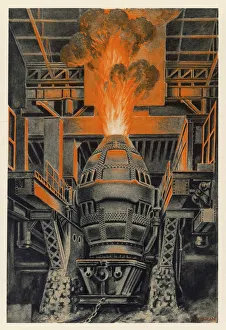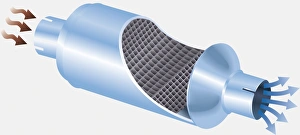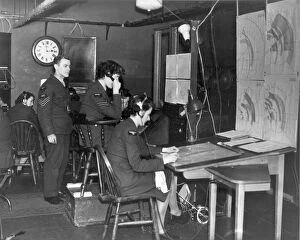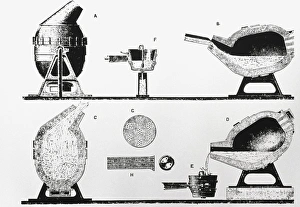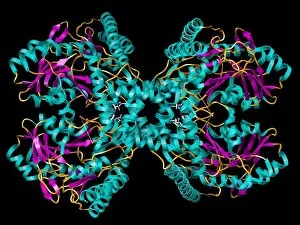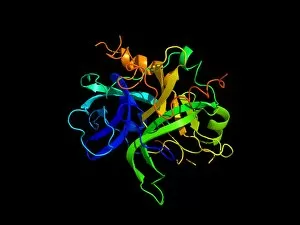Converter Collection
The converter has played a pivotal role in various industries, revolutionizing processes and contributing to environmental sustainability
All Professionally Made to Order for Quick Shipping
The converter has played a pivotal role in various industries, revolutionizing processes and contributing to environmental sustainability. One notable example is the Bessemer converter at Longwy steelworks in France, which transformed the steelmaking industry with its innovative technique. In the realm of waste management, Blackwall's 220-litre compost bin made from 100% recycled plastic in Cotswolds, UK showcases how they can be used to create sustainable solutions for our everyday needs. Another remarkable application of converters is seen in the generation of petrol from coal using the Hydrogenation process. This groundbreaking method not only provides an alternative fuel source but also reduces reliance on fossil fuels. The Bessemer process itself was a game-changer as it marked the first inexpensive industrial process for producing high-quality steel. Its impact can still be witnessed today through images like that of a Bessemer converter operating at a steelworks or an illustration depicting its cross-section diagram with arrows indicating emissions flow. Looking back at history, we find captivating photographs capturing early 20th-century steel factories such as one taken around 1905 in Pittsburgh, Pennsylvania. These images depict towering converters and give us a glimpse into the scale and magnitude of this booming industry. Henry Bessemer himself deserves recognition as he was not only an English engineer and inventor but also an industrialist who contributed significantly to technological advancements. Born near Hitchen, his legacy lives on through his pioneering work with converters. Lastly, let's not forget about liquid steel - a result of successful conversion processes - which has shaped countless structures worldwide due to its strength and versatility. From skyscrapers to bridges, liquid steel stands tall as a testament to human ingenuity harnessed by converters. Whether it's transforming raw materials into valuable products or reducing harmful emissions through catalytic converters like those found inside cars today – these examples demonstrate just how essential they are across various fields throughout history and into our modern world.

